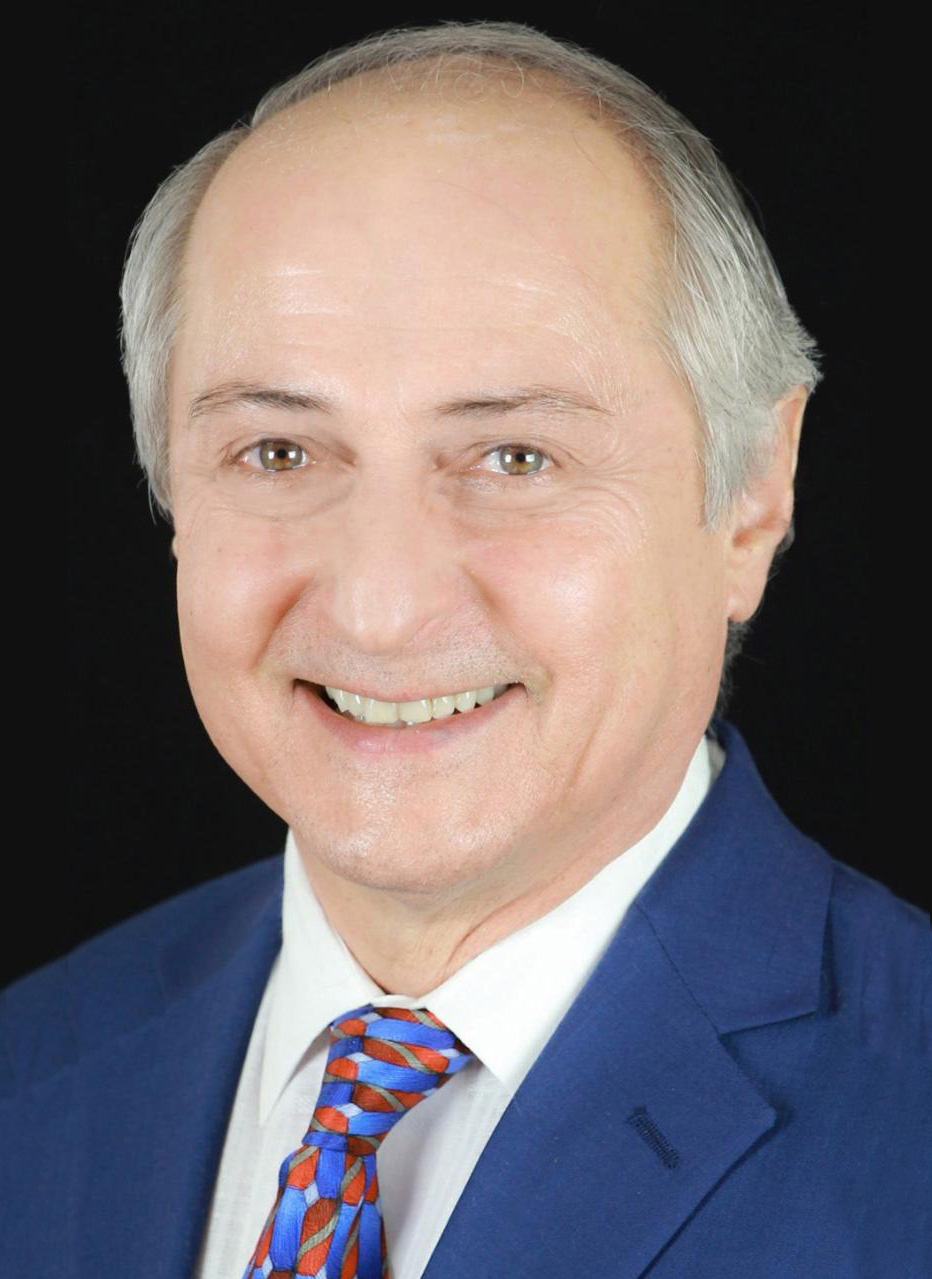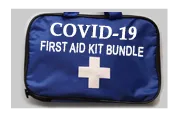The Structural Diathesis of Gerd Safe, Cost Effective Therapy Using PAK
By William M. Maykel, DC, DIBAK
Presented at the International College of Applied Kinesiology-USA
Annual Meeting 2008–2009, p. 241–243
Abstract: The author discusses his clinical observations for both the diagnosis and correction of gastroesophageal reflux disease (GERD). The musculoskeletal strain/strain injury, which propagates the symptoms of reflux is readily identifiable and correctable with the tenets of PAK. Hypertonicity of one or both psoas muscles, secondary to a bilateral sacroiliac sprain causes the simultaneous downward pull of the diaphragm and upward sliding of the cardiac end of the stomach up through the esophageal hiatus, resulting in the lower esophageal sphincter being superiorly displaced. The lack of contractile backup by the flush diaphragm on this sphincter is the structural correlate of this diagnosis, which needs to be found and fixed.
Currently the treatment of gastroesphageal reflux is now called a disease since uncontrolled reflux may result in the propagation of esophageal or throat cancer. The primary medical treatments include antacids and/or acid blocker drugs. These are now a $10,000,000,000 business. Unfortunately, recent studies have shown that prolonged use of these medications may lead to a 150% increase in hip fractures if used over two years. This paper discusses only the underlying structural causes and corrections to successfully treat the condition quickly and cost effectively with the use of PAK.TM For clarity and focus, the use of nutrient therapy is purposely omitted.
Discussion: As we all know, our bodies function as one closed kinematic chain. I was fortunate enough to study with Dr. Allen Beardall when I was a student at Western States Chiropractic College in Portland, Oregon. He taught me how the body responded to stress from the feet up and how there were specific compensatory patterns. How right he was!
Basically when one’s feet get misaligned, the most common patterns of compensation are as follows. Tarsal tunnels get strained in one or two common patterns. The first is that the calcaneus will migrate posteriorly with a lateral shift of the talus and external tibial rotation. (In severe cases you may also find a posterior, inferior fibula, which will create a lack of strength to the peroneus longus and tertius. This of course is a person who tends to get inversion ankle strains.)
The second, less frequent pattern is a posterior calcaneus with a medial talus and internally rotated tibia.1 In this condition you will most likely find a weak posterior tibialis and a posterior medial meniscus. The patient may have medial knee pain as a chief complaint. I normally correct the foot with the patient supine and block their hips for a bilateral SI sprain (category II) as indicated. This is usually done after their cranial’s, cervical spine and clavicles have been fixed.
The protocol is then to have the patient lie face down, flex their knees to 90o, then massage the hamstrings to loosen them. Quick unrotation of the tibia is then accomplished with a straight arm stabilization of the opposite arm with palm firmly braced against their ischial tuberosity for a fixated counter strain.
I now address the sacrum. Let’s say for this example the patient is a category II right- so they have a tight posterior, left anterior sacroiliac sprain which we have already blocked supine as indicated. (Right block in above their right iliac crest at 90o to the spine and left under the left acetabulum 45o to the left hip.) At this point they are face down so I will check their sacral base, which will be inferior on the right – the side of the PI ilium.
I grab a hold of their sacrum with my open right hand and their occiput with my open left hand. With inspiration I move both caudally in the sagittal plane (towards their feet).With expiration I move them cephaled – my left hand superior, my right hand vector is 45o (on the sacrum) towards their right shoulder. I do this three or four times with firm force.2 At this point you must determine whether there is also a grade II ligamentous sprain of either (or both- rarely) sacroiliac joints. It has been a consistent finding that an externally rotated sacroiliac joint will exhibit a positive SI compression test. Coincident with this will be an anteriorly displaced femoral head in the acetabulum. This will inhibit the straight head of the rectus femoris on that side and will create a very tight quadratus lumborum that usually (in conjunction with a very tight psoas muscle) will pull the thoracics 9–12 anterior and their corresponding ribs lateral. The grade II stretch/tear injury to the SI ligaments may create a sclerotogenous referral to the anterolateral thigh mimicking a grade II sciatic neuralgia that is somewhat laterally displaced.3 Next a category III is checked for and fixed in the usual manner.
If you are dealing with this condition, knowing how to fix it will create enormous success in your practice. A few crucial points are worth mentions here. The patient must use moist cold over the affected SI joint , 20 minutes daily for 3–4 days and avoid sleeping on that side for at least that length of time, as just the weight of their bodies will be enough to re-tear the ligaments. 4 They must also be fitted with one of the excellent non-stretch sacroiliac joint belts available today and I show how to put them on correctly. 5 I have them wear the belt during the day religiously for 2–3 weeks, taking it off at night. From then forward, I teach them to use the belt when they engage in activities that can potentially re-injure the area. For example, when doing yard work, traveling with large luggage, schlepping groceries, moving furniture and stacking wood are all times this would be a good idea for support. Correct body mechanics, keeping the shoulders, hips and knees parallel is always taught as well.
Now comes the spinal compensatory package and the clearing of L3, 4, 5 with vertebral body rotation right, left, right. Then up to T10, 11, 12 correcting right, left, right rotation.
Of course you have already found and fixed C1, 2, 3 with right, left, right rotation. Once you have unrotated the lumbars and thoracics (which I do with the patient prone) and balanced the major muscles previously mentioned, I have the patient sit facing the end of the table. 6 In this position the patient extends their thoracic spine while I challenge the lower thoracics for anteriority. Once the anterior segments are identified, I use coordinated breathing to painlessly and effectively accomplish the correction. The patients give themselves a cross-deltoid self hug and then round into a position of flexion (grasping their hands on their shoulders stretches the mid and lower traps). For first timers I let patients know step by step what to do and what is going to happen. This extra time spent is time worthwhile because it does three things simultaneously: 1. It allows the best correction possible. 2. It allows the patient to relax thoroughly by informing them of what to expect. 3. Not only do they know what to expect and why. But they can completely relax in your trusted hands in this most vulnerable position because you have reinforced a great degree of trust. The three steps I use to make this correction are as follows. The patient is instructed to take a deep breath in and flex their chin to their chest. Second they are told to lie back and exhale, to “melt like a pad of butter on a hot fry pan” or like they are “falling back on their bed exhausted after a long day.” The patient is told that when their breath is completely out that they audibly need to say the word “ahhhhh.”
This frees the diaphragm and allows smooth correction of the anterior thoracics.
Following this, both psoas muscles need to be checked for hypertonicity. This is performed traditionally be reversing the kidney meridian to inhibit the muscle. My shortcut is to pinch the abdominals along the line of the psoas 1–2 inches into the abdomen while you test a strong muscle. The psoas spasm must be carefully spindled down. Next, rectus and oblique abdominals must be checked and fixed with techniques including origin/insertion, muscle spindles, skin receptors and percussion. The cranial stress receptor of the diaphragm must also be addressed.
Finally, with the patient standing, get behind them then traction and pull down the stomach towards their right ASIS on full exhalation three times. Stabilize with the opposite hand at the thoracolumbar junction. This actually separates the stomach from the diaphragm and reduces the hiatal hernia.
We advise the patient to avoid separation of the xiphoid from symphysis pubis (extension motion). Patient homework also includes rubbing the neurolymphatic points for the small intestine and the diaphragm.
The biochemical aspects of this condition will be addressed in a subsequent paper. These structural protocols will help to produce lasting results from the structural aspect of the Web of Wellness.
References:
- In both patterns of tarsal tunnel syndrome it has been my experience you will find at least the following: an inferior navicular, a lateral cuboid and dropped third and fourth metatarsals.
- I will check and fix holographic sacral split: challenge S1-5 and any coccygeal orientation. I call this “plane butt” or “driver’s butt” due to causation.
- In this case you will always have the last three lumbar facets imbricated.
- Moist cold means using a frozen flexible gel pack wrapped with a high loft (thick) towel that has been wet under cold water and wrung out. My favorites are from PSI (800-258-3423).
- OPTP (763-553-0452) and/or Serola (815-636-2780) are my favorites.
- Other muscles that must be tested and fixed include the gluteus maximus and piriformis. In a grade II SI ligament strain you will always have a positive cranial stress receptor for the ipsilateral gluteus maximus!








